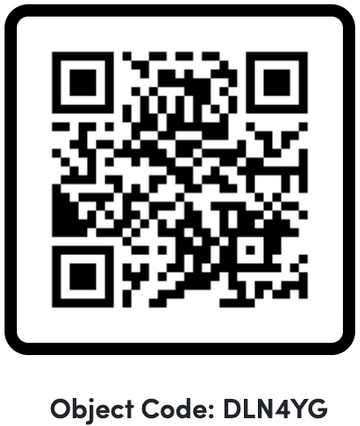I. IntroductionEnveloped viruses use use spike proteins as molecular mimics of host molecules in order to bind to target cell receptors and gain entry into cells. However, these spikes serve as convenient antigenic surfaces for immune system recognition. Mammalian viruses thus face tremendous selective pressures to change their molecular profiles to evade astoundingly responsive immune systems capable of recognizing and destroying viral particles and infected cells. In many cases, natural selection continually yields viral strains that vary considerably in the antigenic regions of spike proteins. These genetic variants may arise and spread through target species periodically, as in the case of annual human flu virus infections. Or, they may be produced during the course of a single infection, as in the HIV variants that arise in the large number of replication cycles that occur over years within a human individual. return to beginning of the exhibit II. Core Structure
The spike protein of Human Immunodeficiency Virus 1 (HIV-1) responsible for binding to host cell receptor molecules is glycoprotein 120 (gp120). The core of this protein is shown at left in a complex with a portion of a host cell receptor protein (CD4) and an anti-gp120 antibody Fab fragment containing heavy and light chains (Kwong, et al., 1998). Before looking at the interactions of gp120 with these molecules, let's examine the structure of the core gp120 . The heart-shaped core of gp120 to your left is oriented pointing downward to the target membrane (not shown), below. The core comprises 5 alpha helices and 25 beta strands that form numerous beta sheets. The beta sheet closest to the host cell membrane, the bridging sheet, connects an inner domain on the left to the outer domain on the right. There are several loops that have high sequence variability, permitting the virus to continually evade immune responses . One of these loops, disordered and therefore not represented in the crystal structure, lies between residues 396 and 410 (spacefilled).
return to beginning of the exhibit III. Interactions with receptor proteinsThe CD4 receptor is bound in a groove of gp120 at the junction of the bridging sheet, inner domain, and outer domain. There is not an exact complementarity of surfaces at the interface of CD4 and gp120. However, upon binding, both molecules lose significant surface area previously accessible to solvent (742 Angstroms2 for CD4, 802 Angstroms2 for gp120). CD4 residues in contact with gp120 are mostly found in a contiguous cluster, whereas gp120 residues involved in binding CD4 are distributed over several noncontiguous spans, including portions of the bridging sheet, inner domain, and outer domain. Crucial interactions are observed between phe43 of CD4 and several residues of gp120 that are conserved in all primate immunodeficiency viruses. These residues are asp368 and glu370 of the outer domain and trp427 of the inner domain. Mutations in these positions block binding to CD4 (reviewed by Kwong, et al., 1998). At its interface with CD4, gp120 contains numerous surface hydrophobic residues, a situation that would be thermodynamically unfavorable in a free protein. This suggests that CD4 binding induces significant conformational changes in gp120 upon binding. In addition to binding CD4, gp120 binding to the surface chemokine receptor CCR5 is required for HIV infection. The neutralizing antibody Fab fragment shown bound to gp120 at left overlaps the binding site for CCR5. Humans carrying variants of CCR5 are resistant to HIV infection, suggesting that inhibition of CCR5 binding might be an effective way to stop HIV pathogenesis. gp120 affinity for CCR5 in vitro is dramatically enhanced by incubation of gp120 with soluble CD4 (Wu, et al., 1996), demonstrating that the CCR5 binding site on gp120 is formed by conformational changes induced after binding to CD4 (see above). HIV uses various forms of molecular trickery to evade immune responses. Most antibodies capable of neutralizing HIV infection access only the surfaces involved in CD4 or CCR5 binding. Most of the envelope protein gp120 surface is hidden from circulating antibodies by glycosylation or by steric exclusion as gp120 (and gp41) form trimers (Wyatt, et al., 1998). Conformational changes also provide means for escape. The conformation of gp120 prior to binding CD4 may display side-chain variability, employing the chameleon-like ability of HIV to change its molecular recognition profile. Also, since the CD4 binding pocket is recessed, antibodies may not see this important antigenic feature.
return to beginning of the exhibit IV. ReferencesKwong, P.D.,
R. Wyatt, J. Robinson, R.W. Sweet, J. Sodroski, W.A. Hendrickson.
Structure of an HIV gp120 envelope glycoprotein in complex with the
CD4 receptor and a neutralizing human antibody. Nature 393,
648-659 (1998). Wyatt, R., P. Kwong, E. Desjardins, R.W. Sweet, J. Robinson, W.A. Hendrickson, J. Sodroski. The antigenic structure of the HIV gp120 envelope glycoprotein. Nature 393, 705-711 (1998). return to beginning of the exhibit
|
